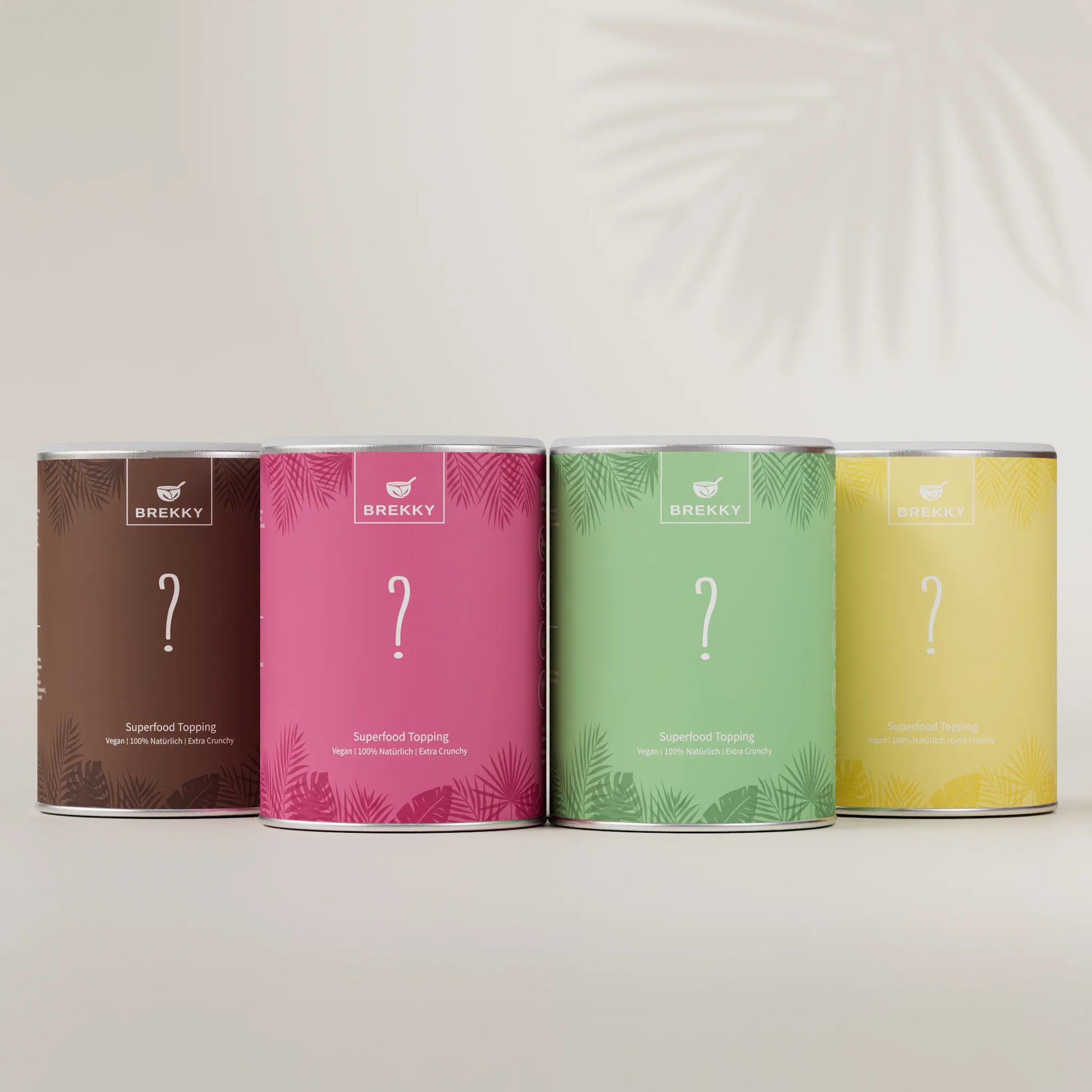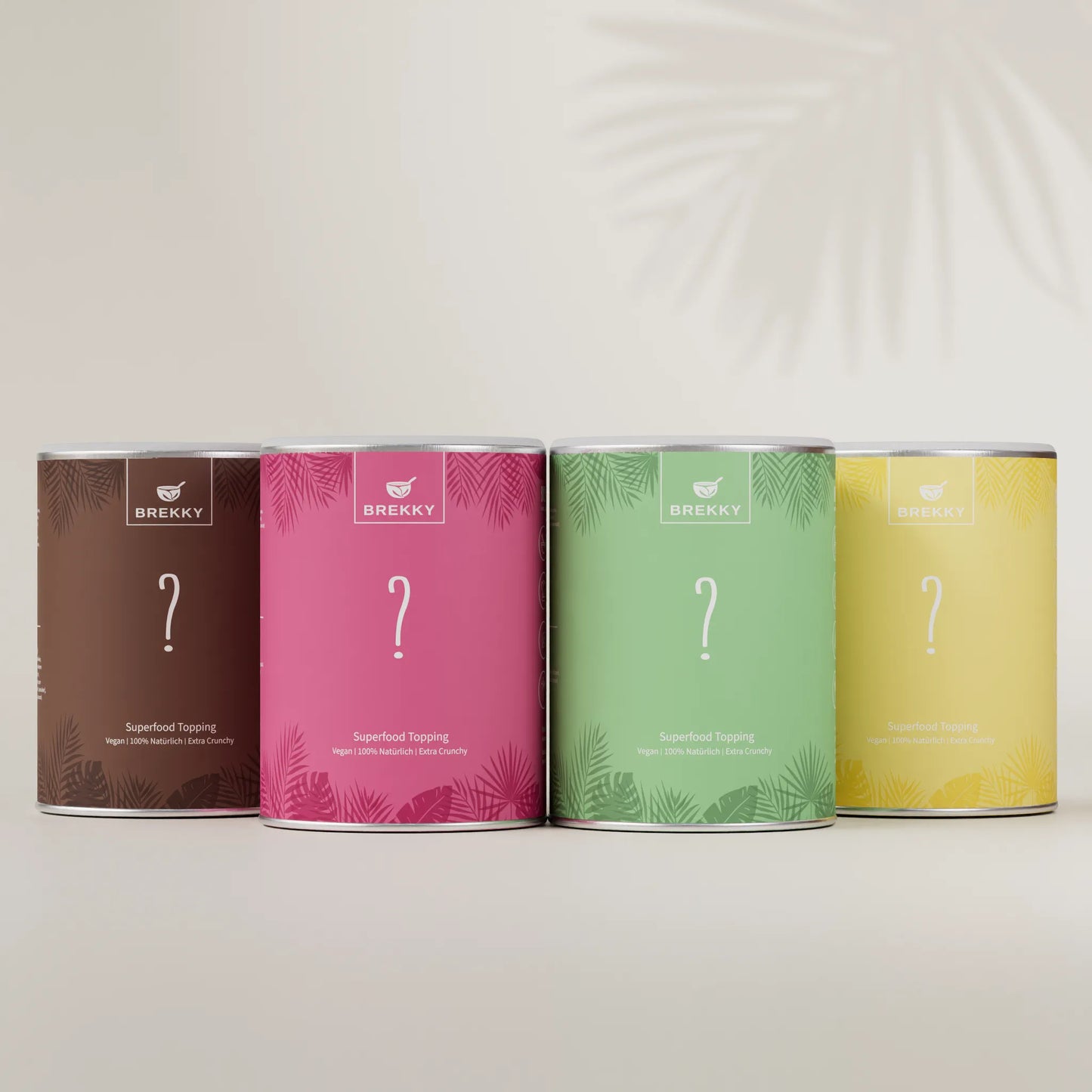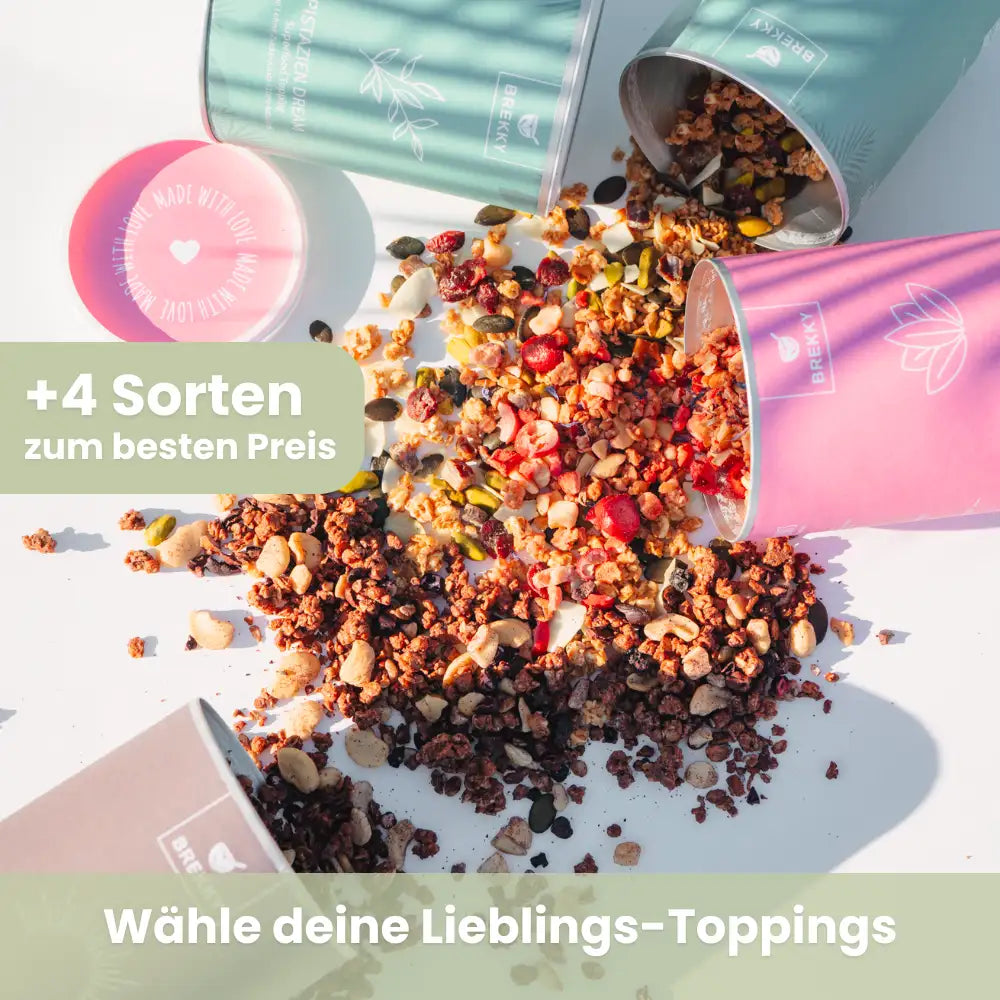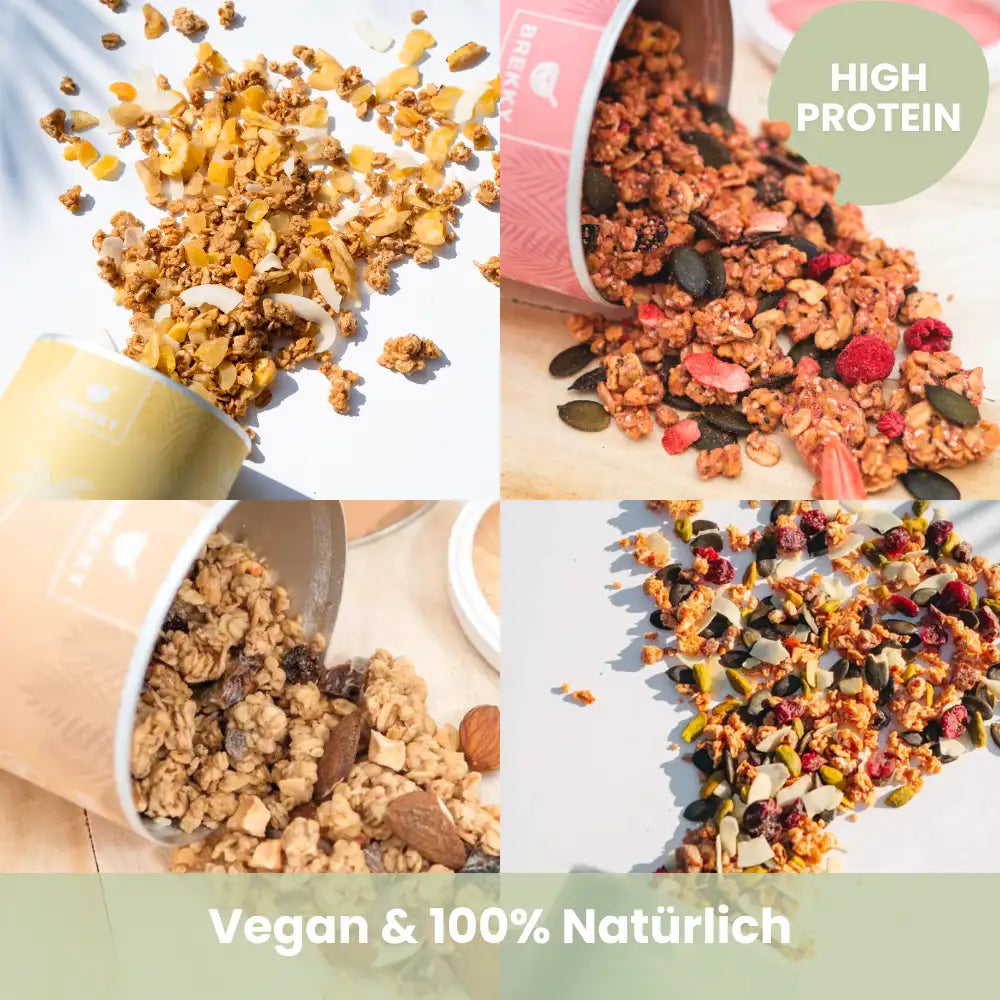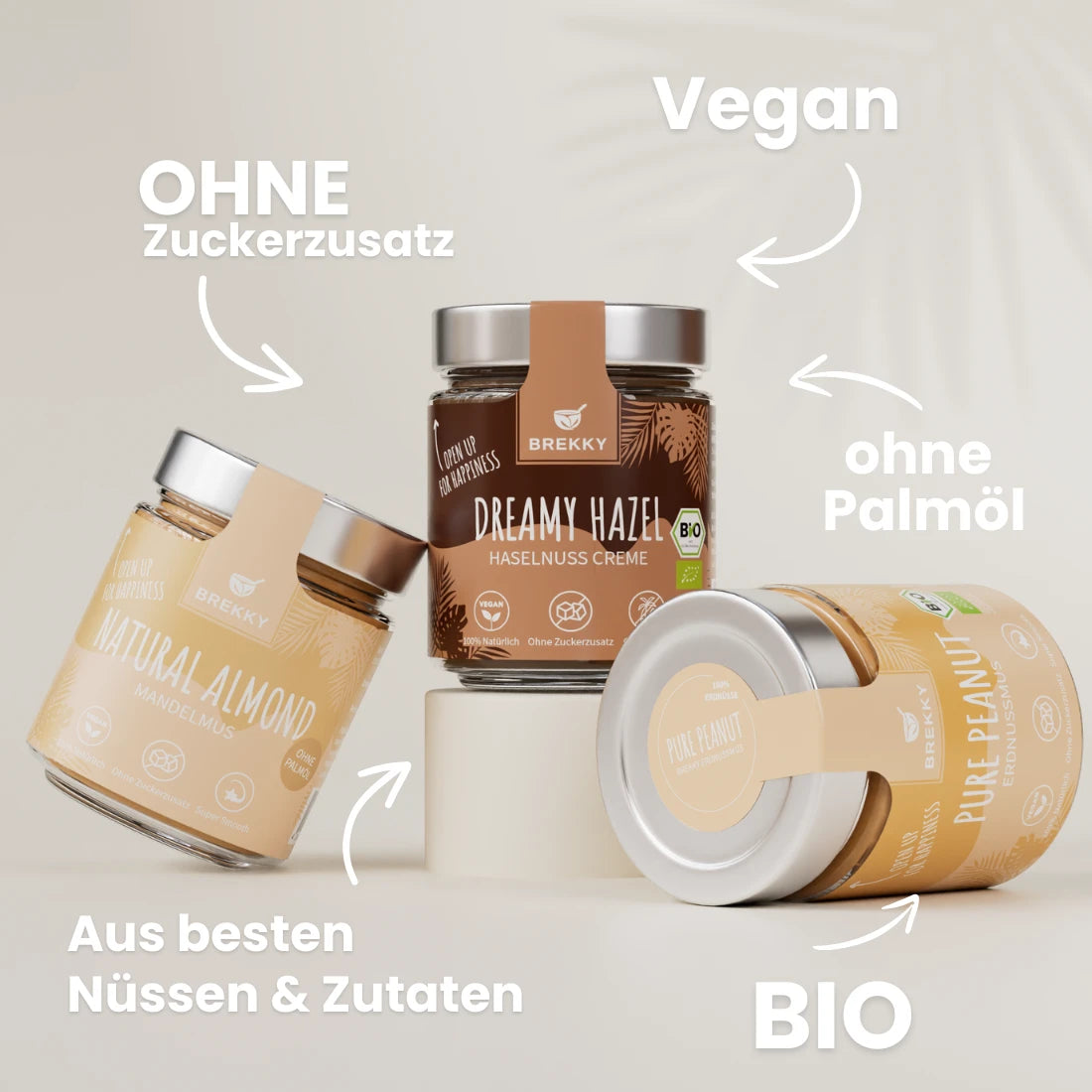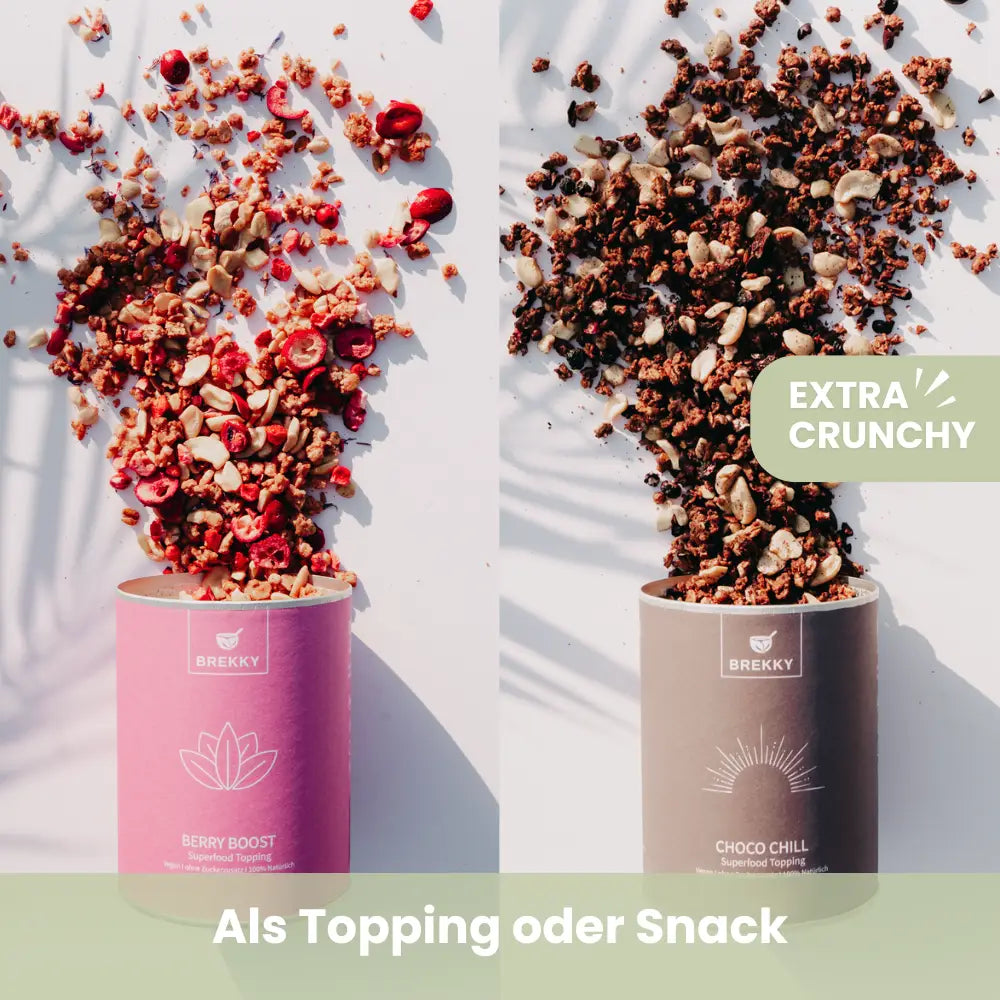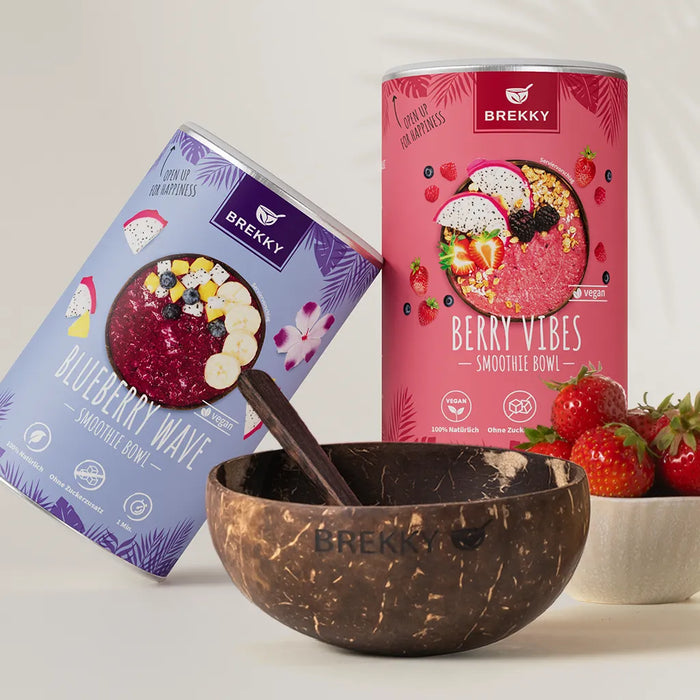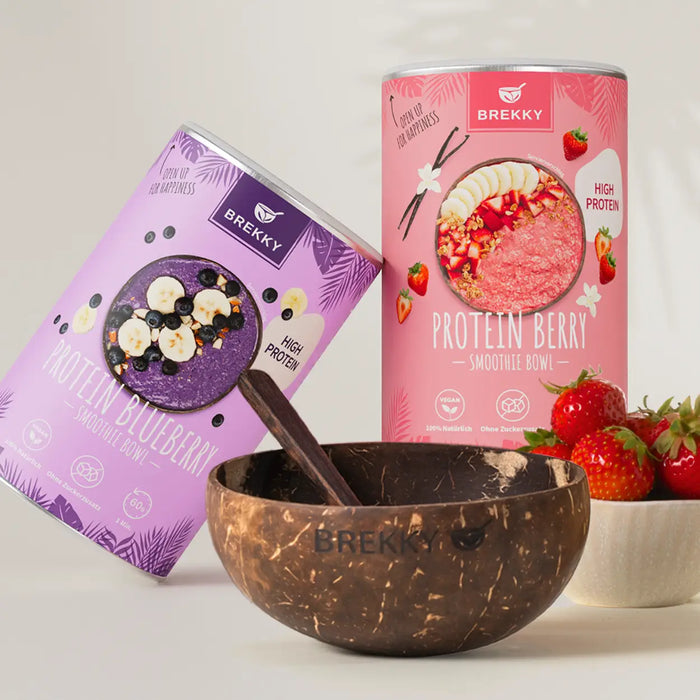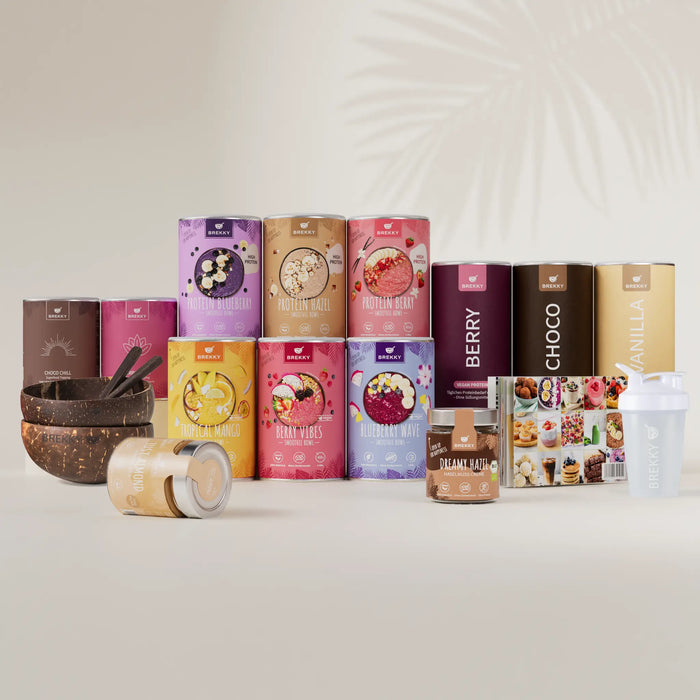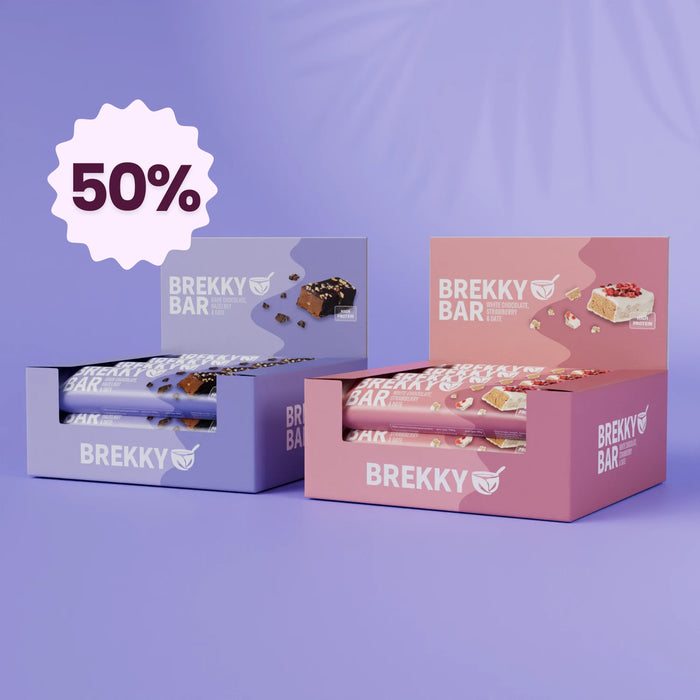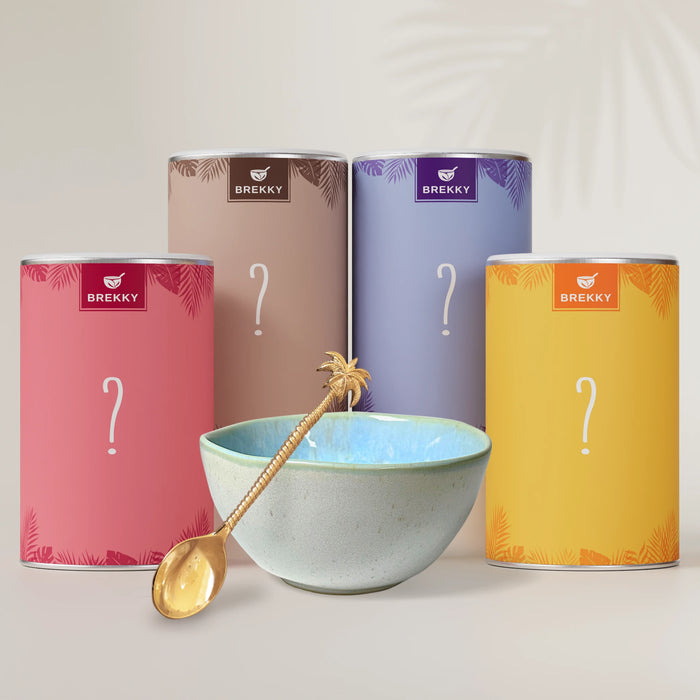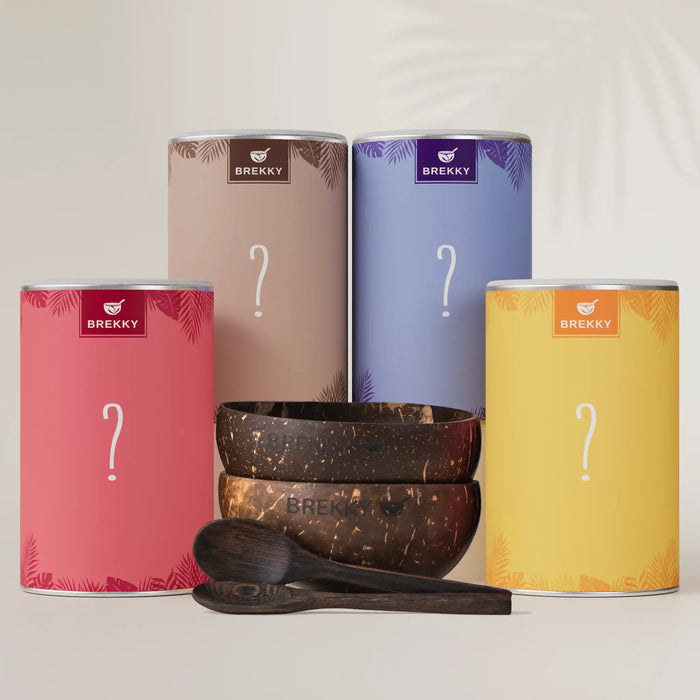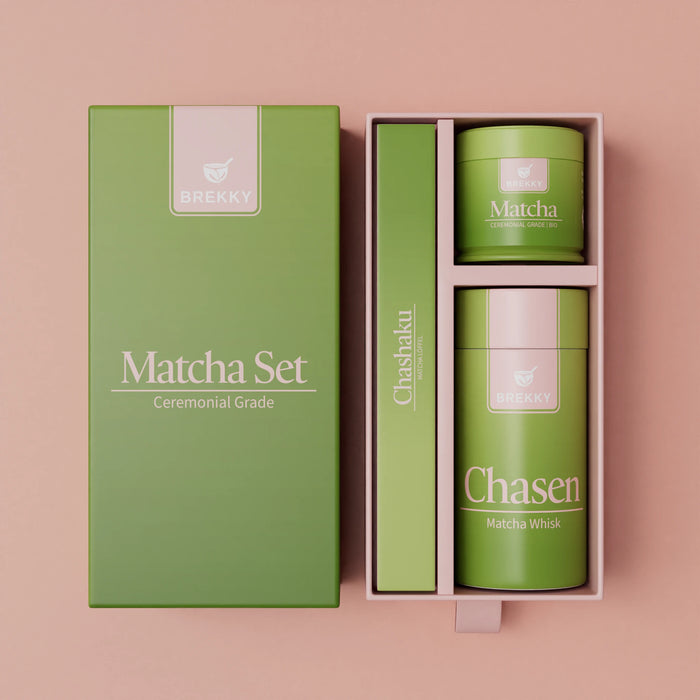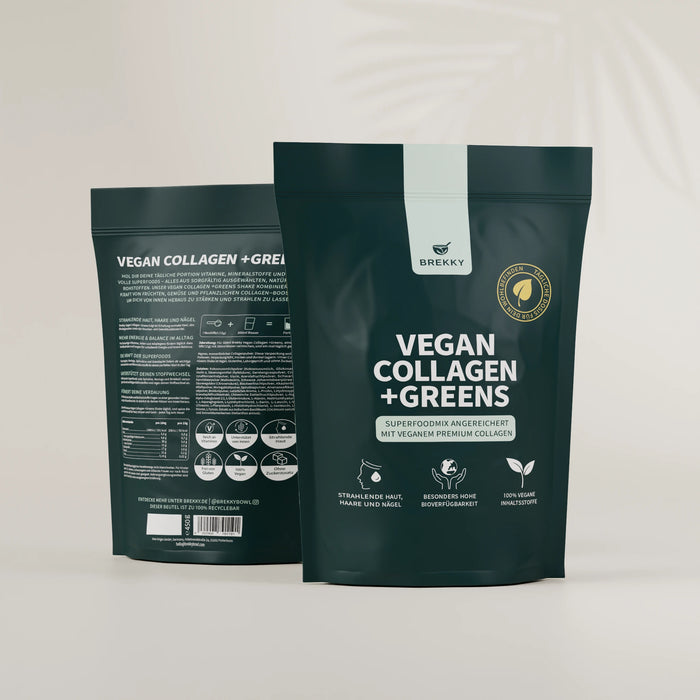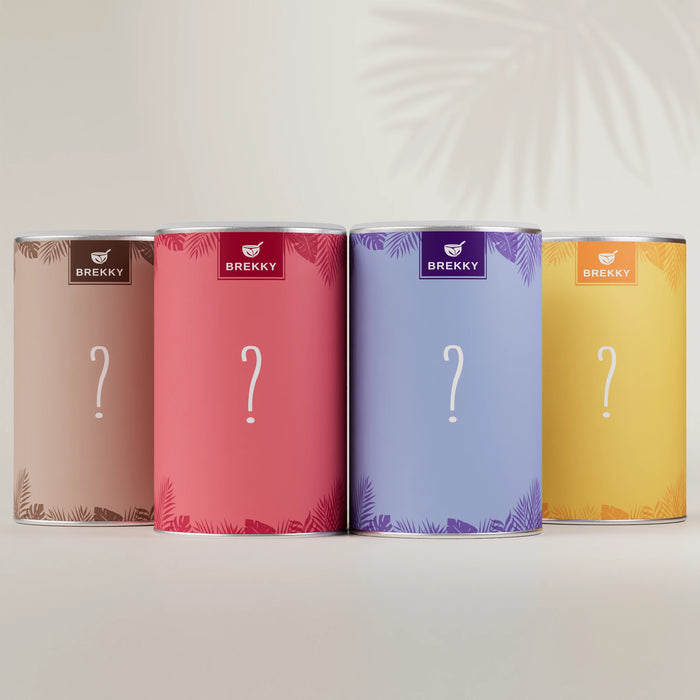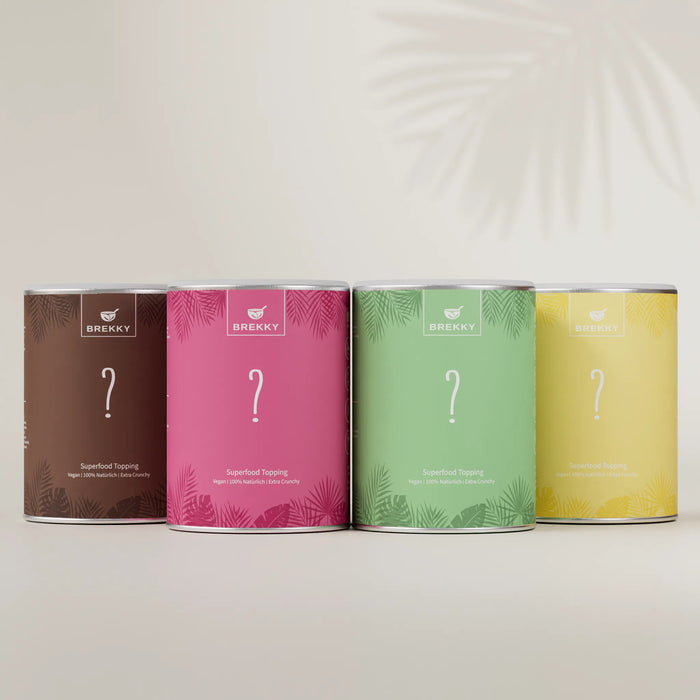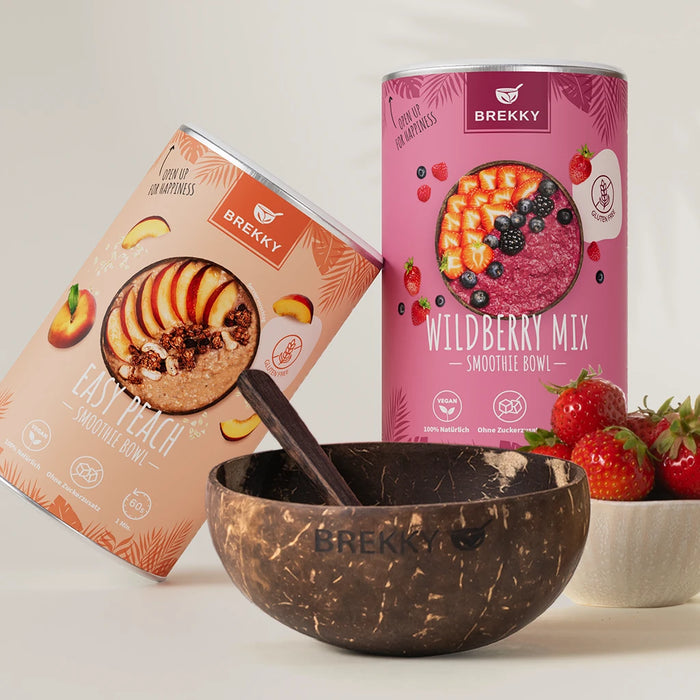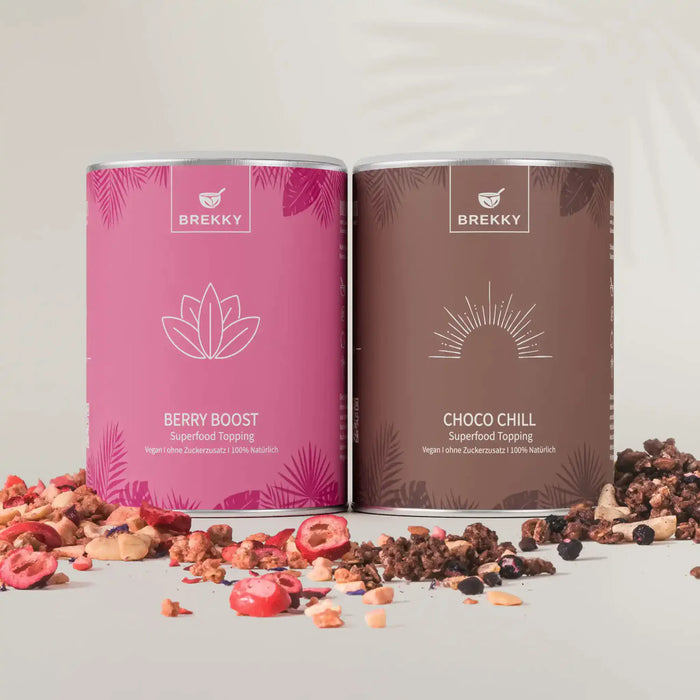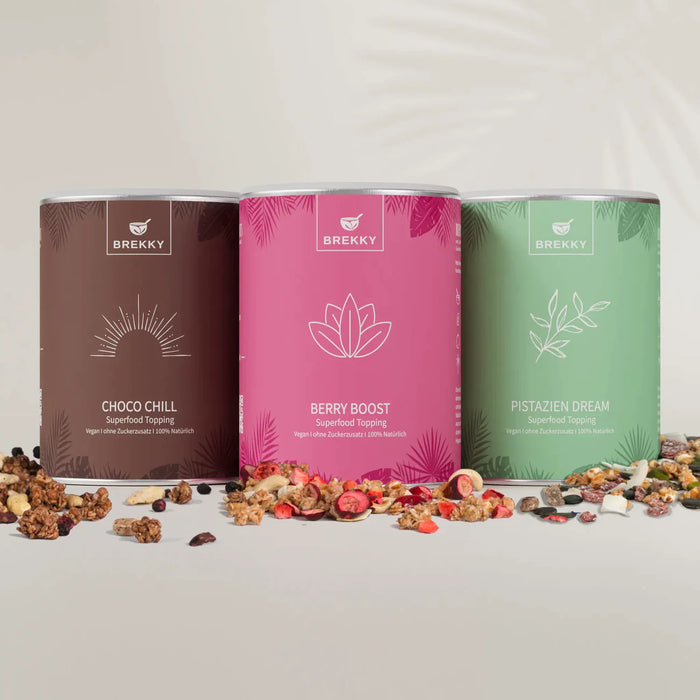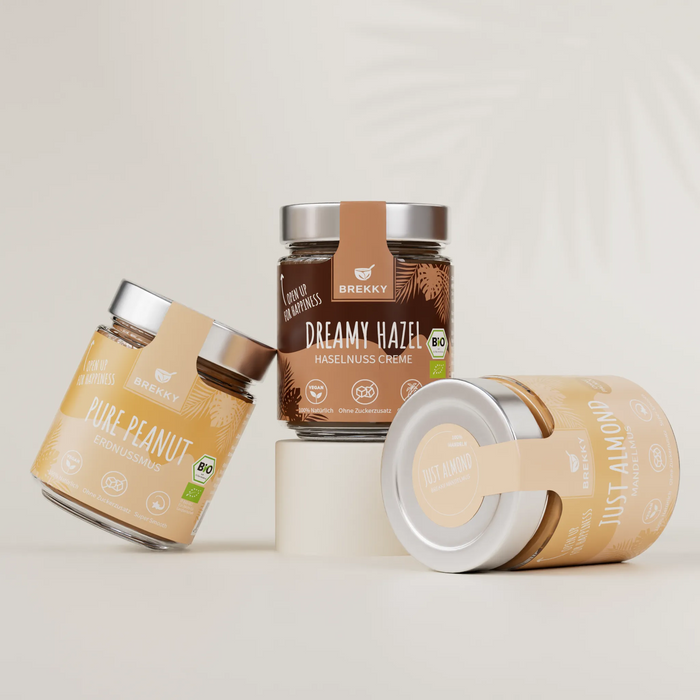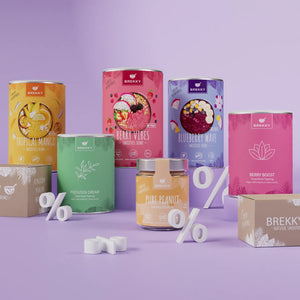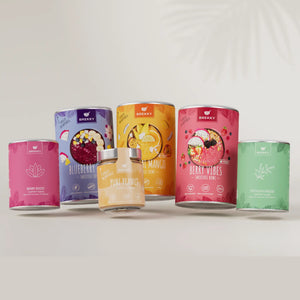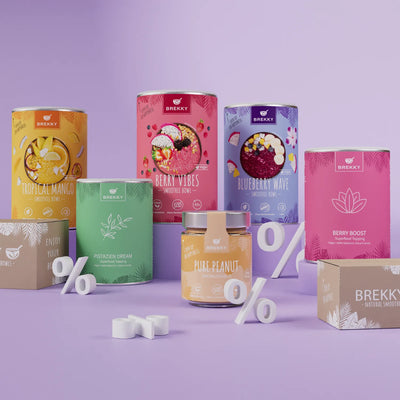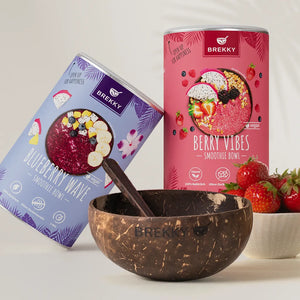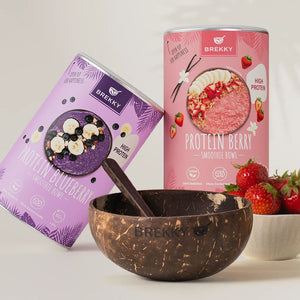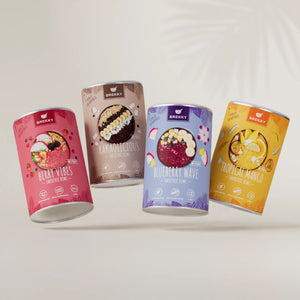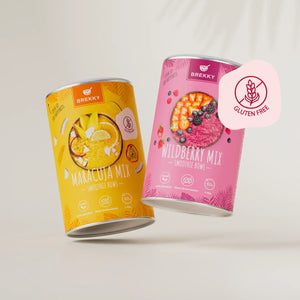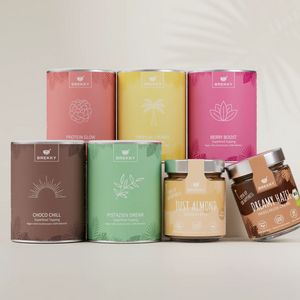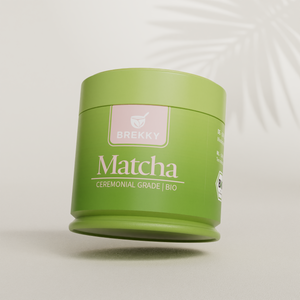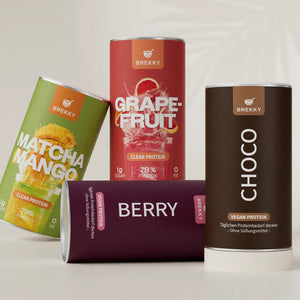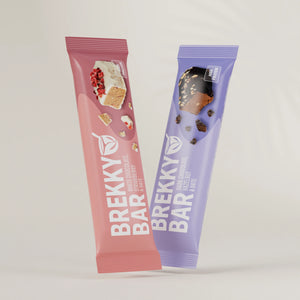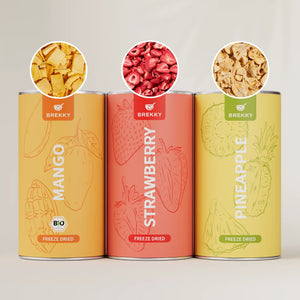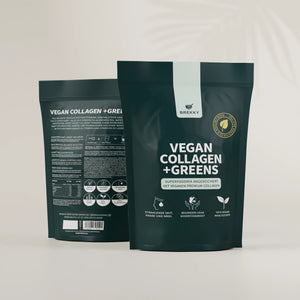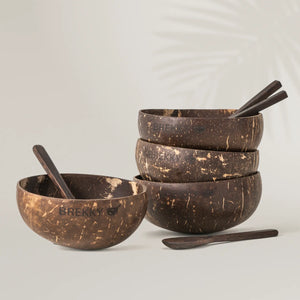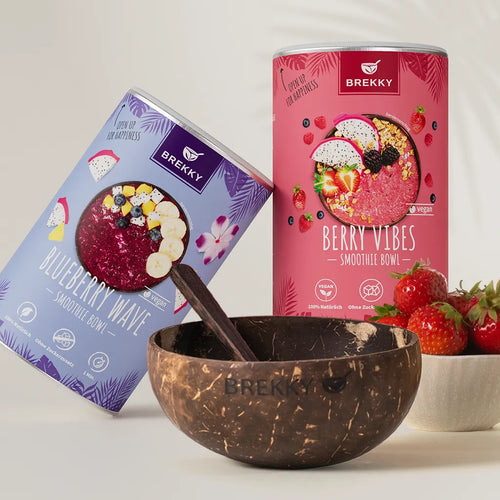Gesunde Snacks für Kinder: Praktische Tipps für Eltern & Betreuungspersonen
Inhalt
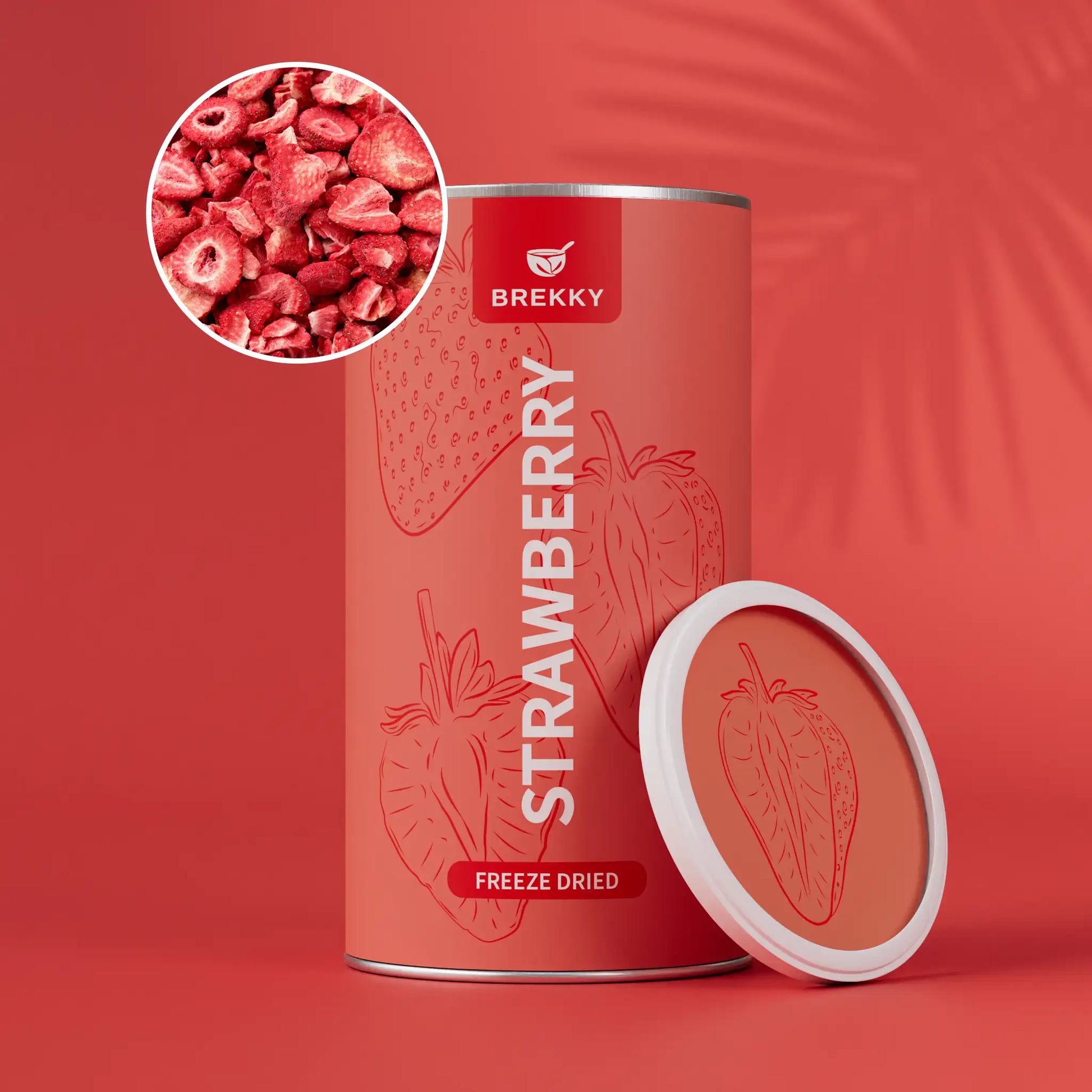
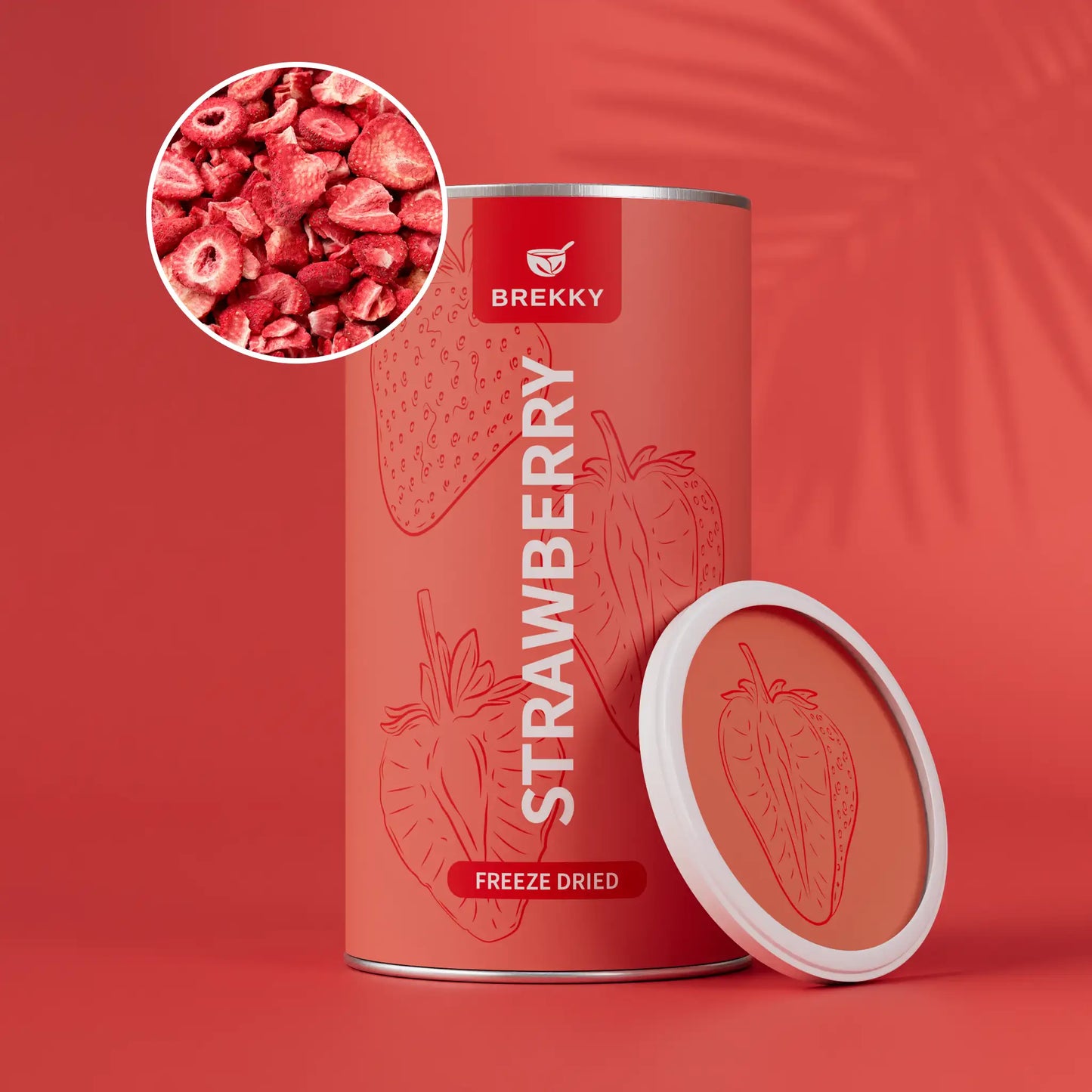
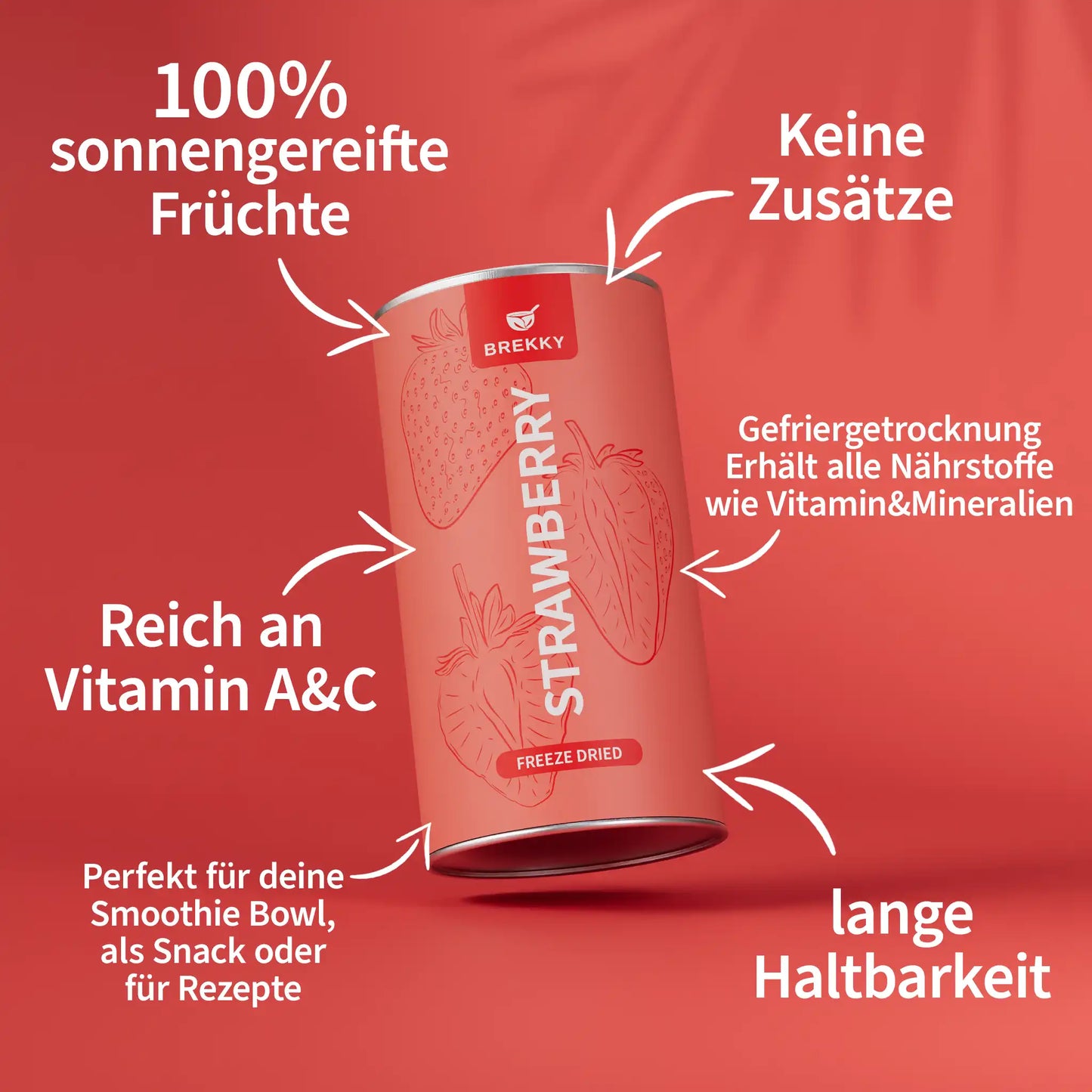
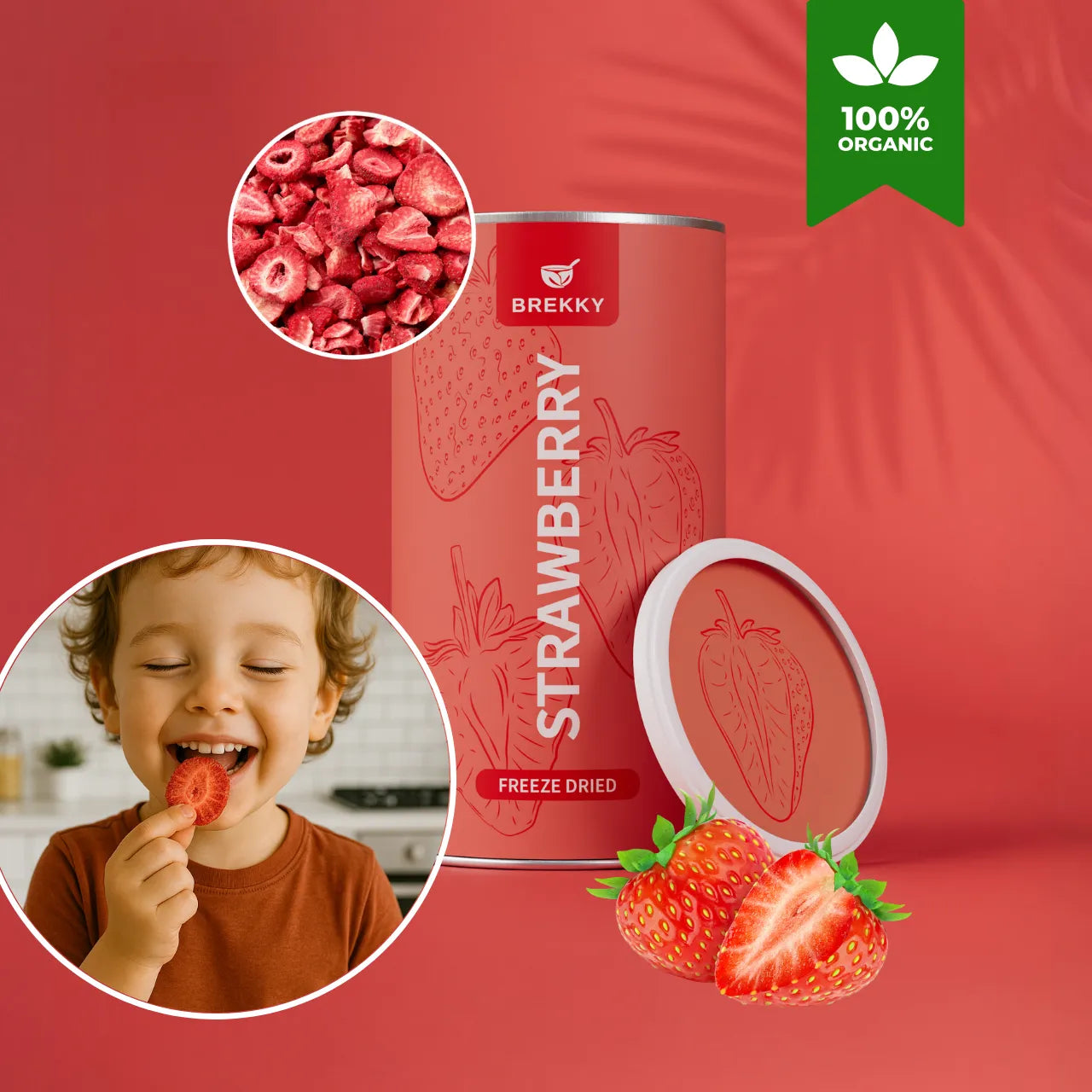
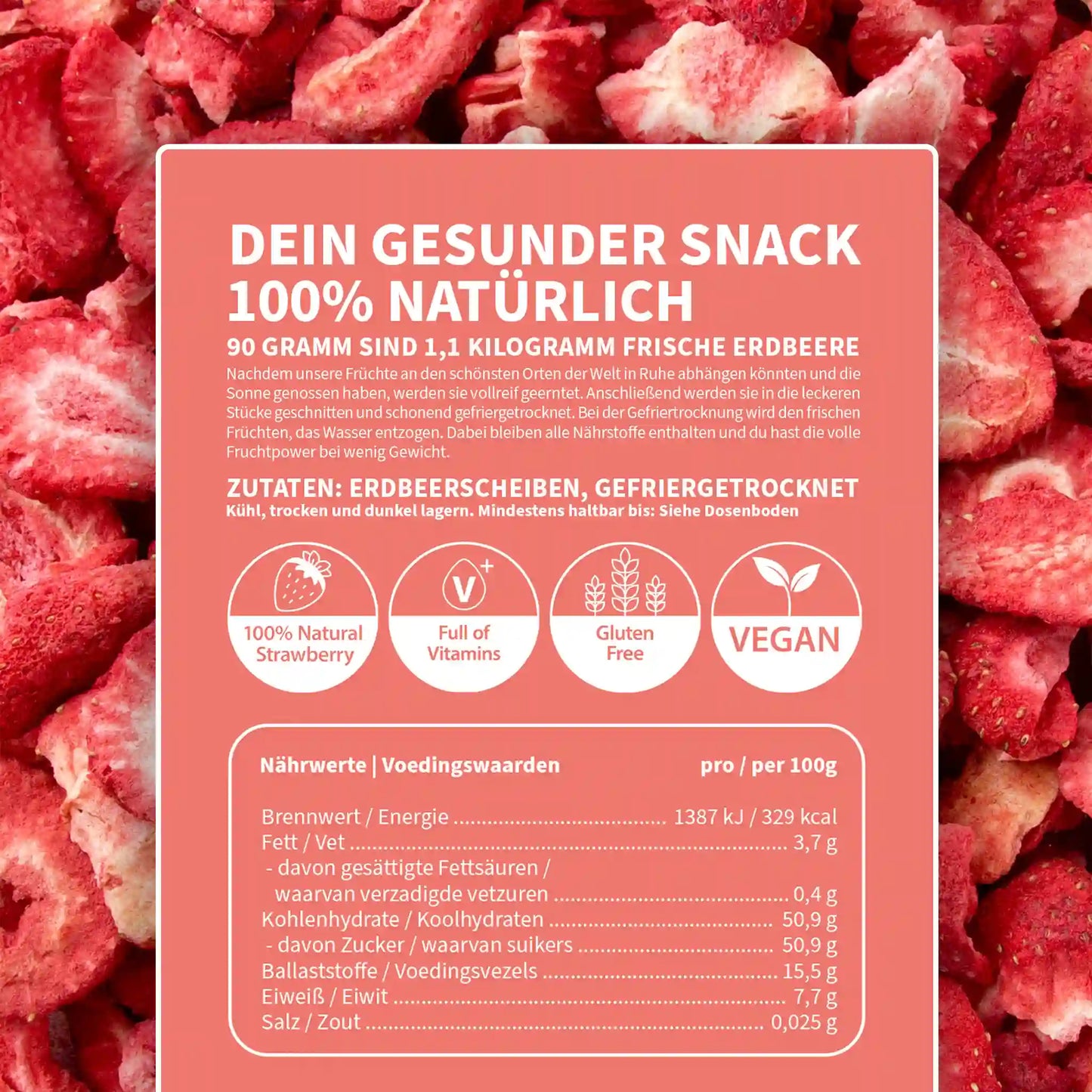
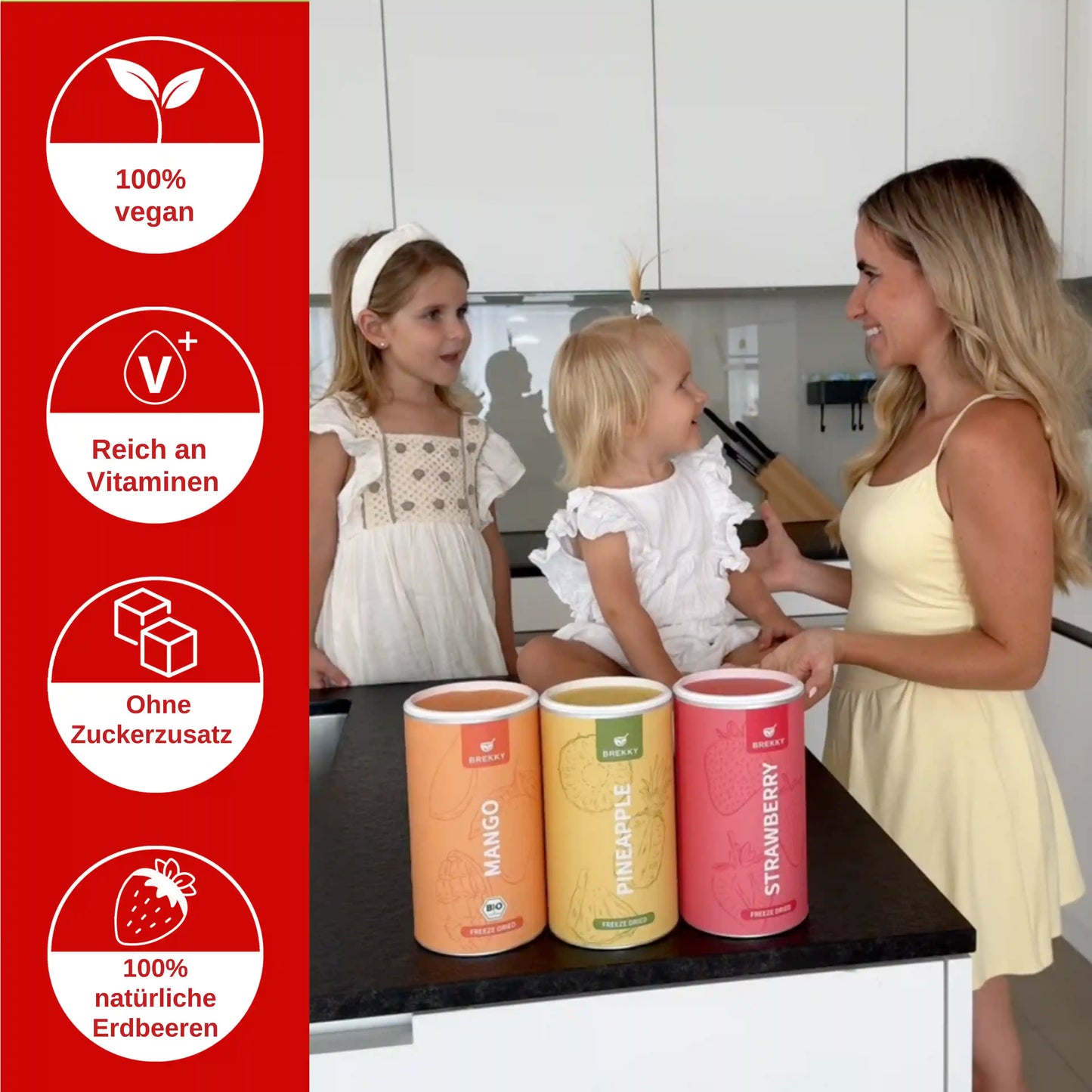

Why healthy snacks are so important for children
Everyday snacks: daycare, school & on the go

Suitable for daycare: Finger food without crumbs
- Vegetable stars with pumpkin dip: Shape cookie cutters from peppers, cucumbers and zucchini, served with a creamy Hokkaido dip
- Mini wholemeal rolls with cream cheese & herbs
- Banana oat cookies without sugar
These snacks are easy to transport, low in allergens, and don't make much of a mess.
School-friendly: Energy balls with oats and dates
- Recipe idea: Oat flakes, dates, sunflower seeds, a little cocoa – mix everything, roll, done
- Advantages: No industrial sugar, filling, rich in iron and magnesium
- Tip: Place in paper cups to prevent sticking
Travel snacks: Long-lasting sweet potato & apple muffins
Ideal for longer car journeys or excursions:
- Sweet potato and apple muffins: filling, slightly sweet, keep for up to 3 days
- Rice cakes with almond butter (for children 3 years and older)
- Dried apple rings or berries
Children's birthday: Healthy party hits

Zuckerfreie Cupcakes: Rote-Bete-Schokomuffins
- Zutaten: Rote Bete (gekocht), Datteln, Kakao, Vollkornmehl, Ei
- Vorteil: Natürlich süß, schokoladig, vitaminreich
- Tipp: Mit Kokoscreme und Beeren dekorieren
Knusprige Alternativen: Ofenkichererbsen in Regenbogenfarben
- Kichererbsen vorgekocht, mit Kurkuma, Paprika oder Rote-Bete-Pulver färben und im Ofen rösten
- Kindgerechter Crunch, proteinreich und ohne Zusatzstoffe
DIY-Eis: Joghurt-Eis am Stiel mit Beeren
- Zubereitung: Naturjoghurt mit pürierten Erdbeeren oder Heidelbeeren mischen, in Förmchen einfrieren
- Tipp: Kleine Holzstäbchen nutzen – auch für kleine Hände gut greifbar
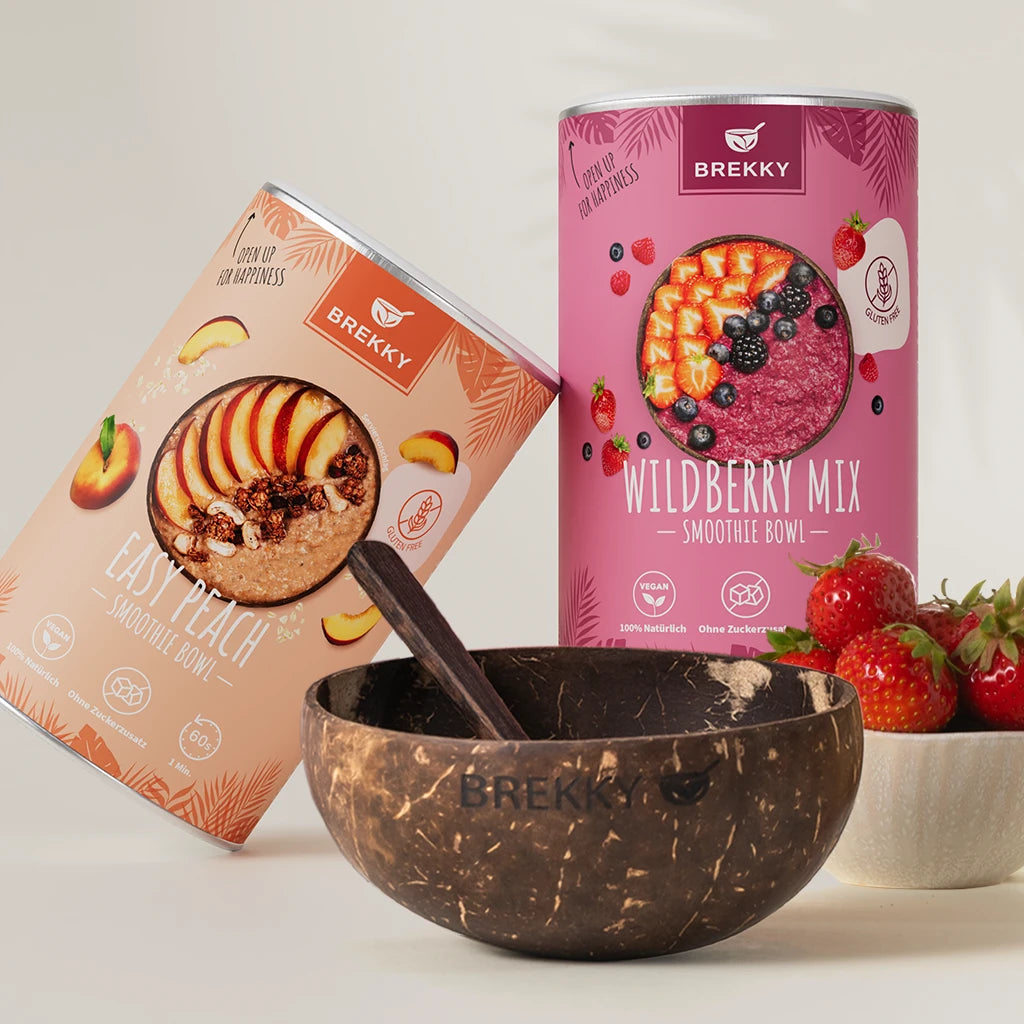
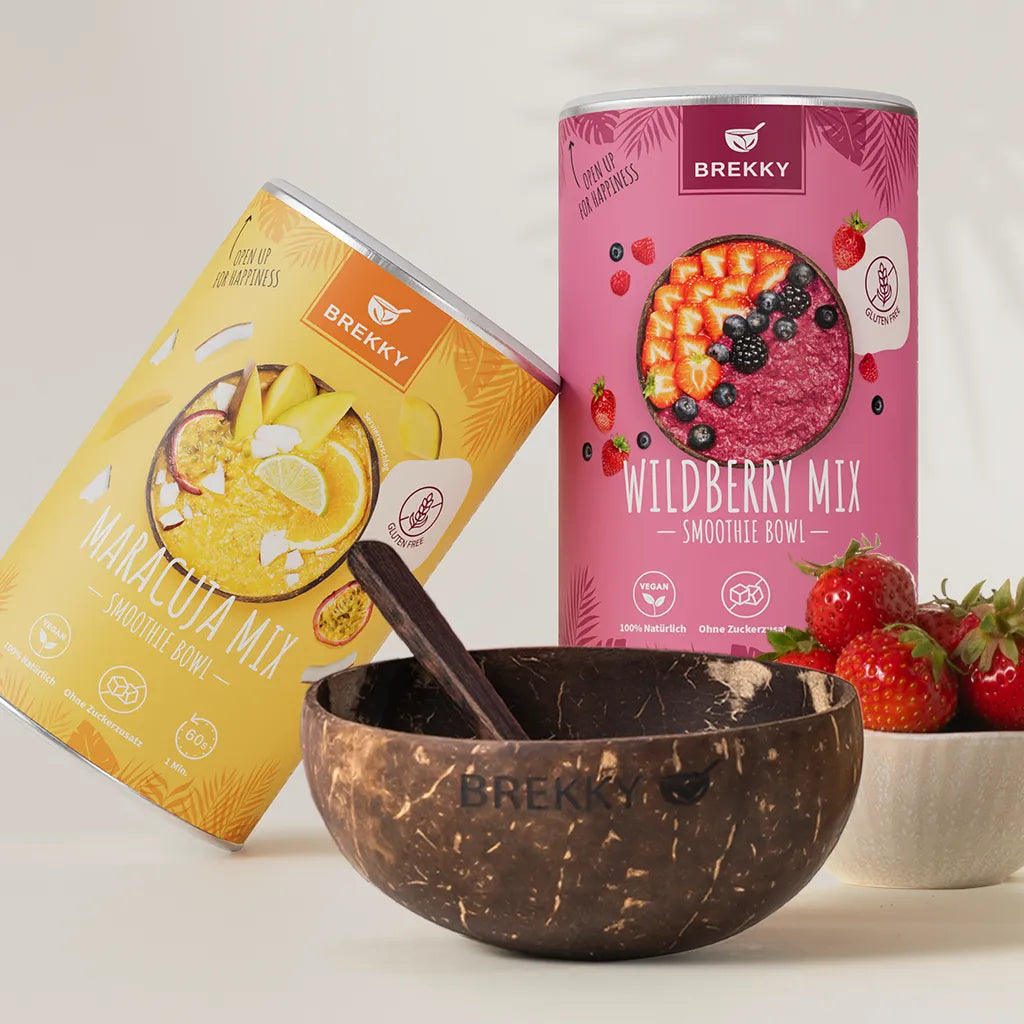
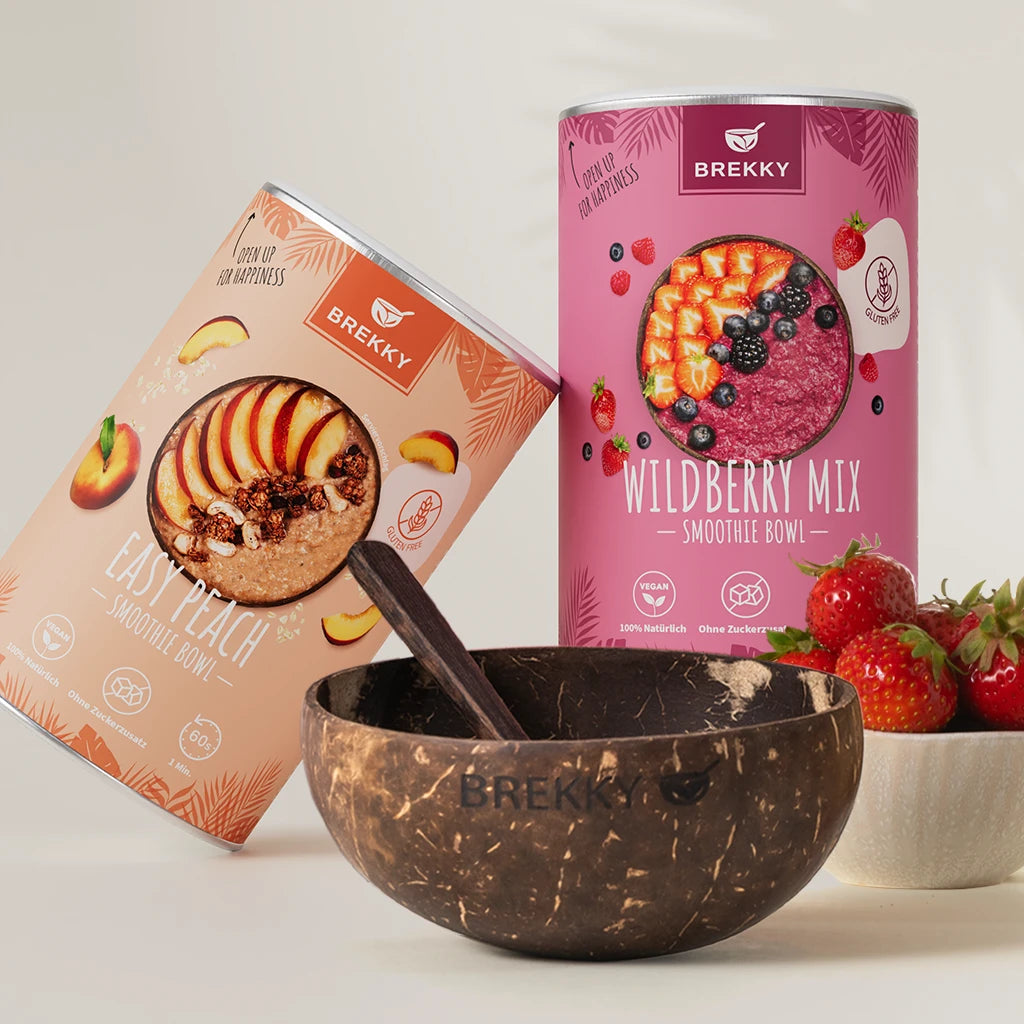

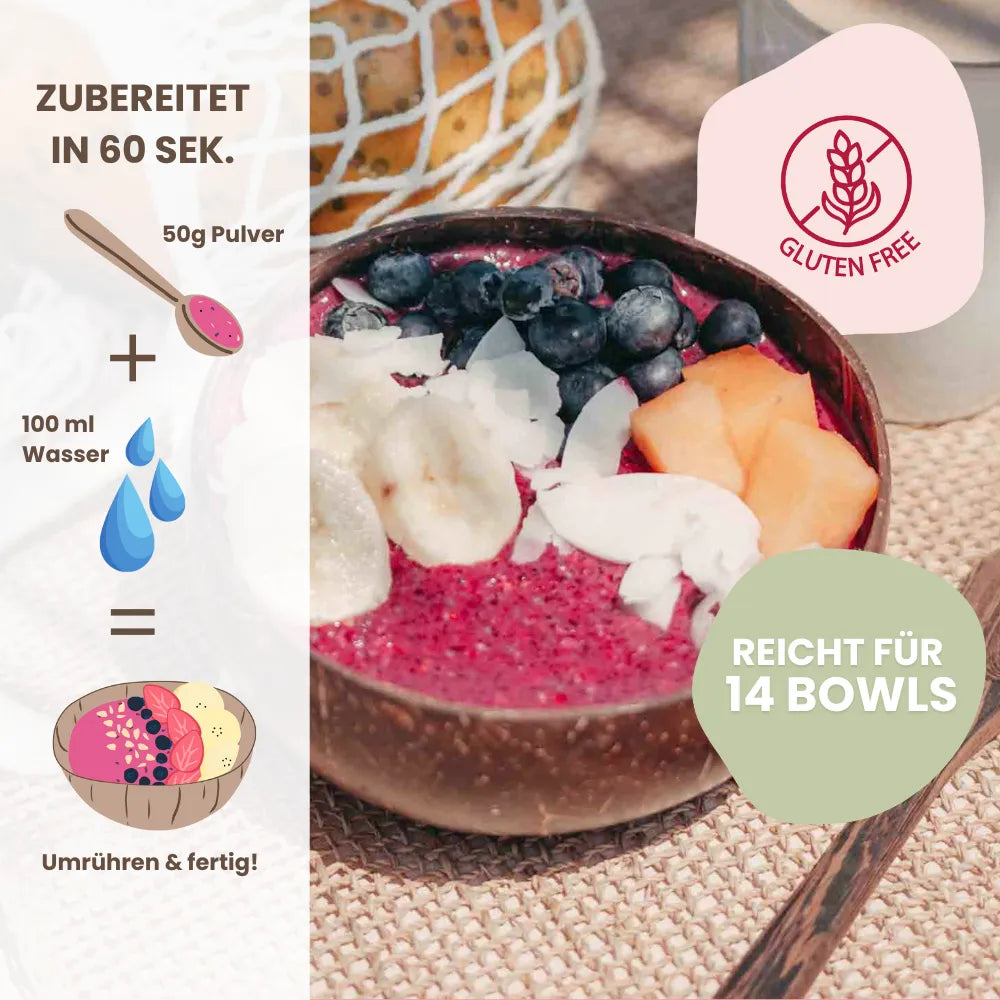
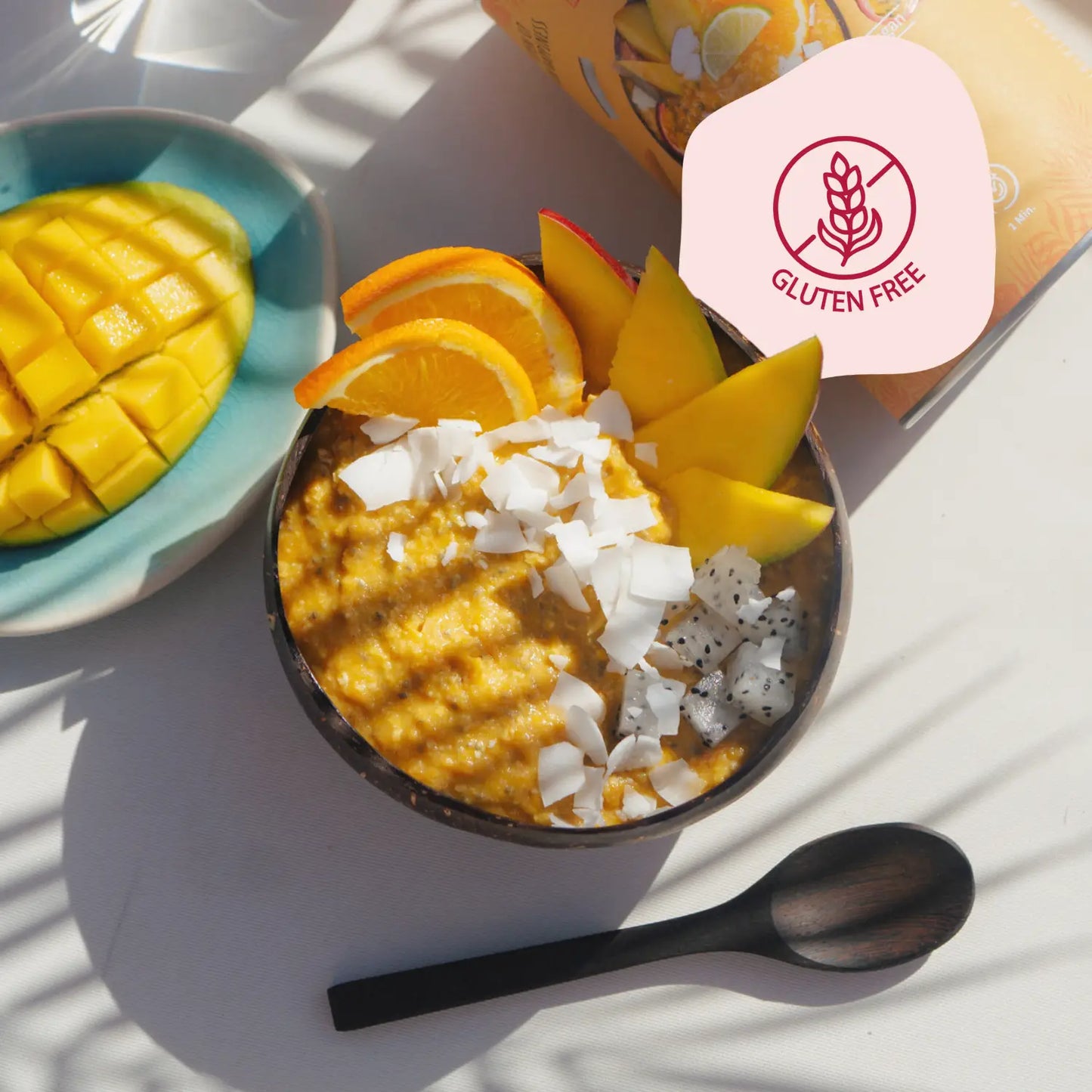

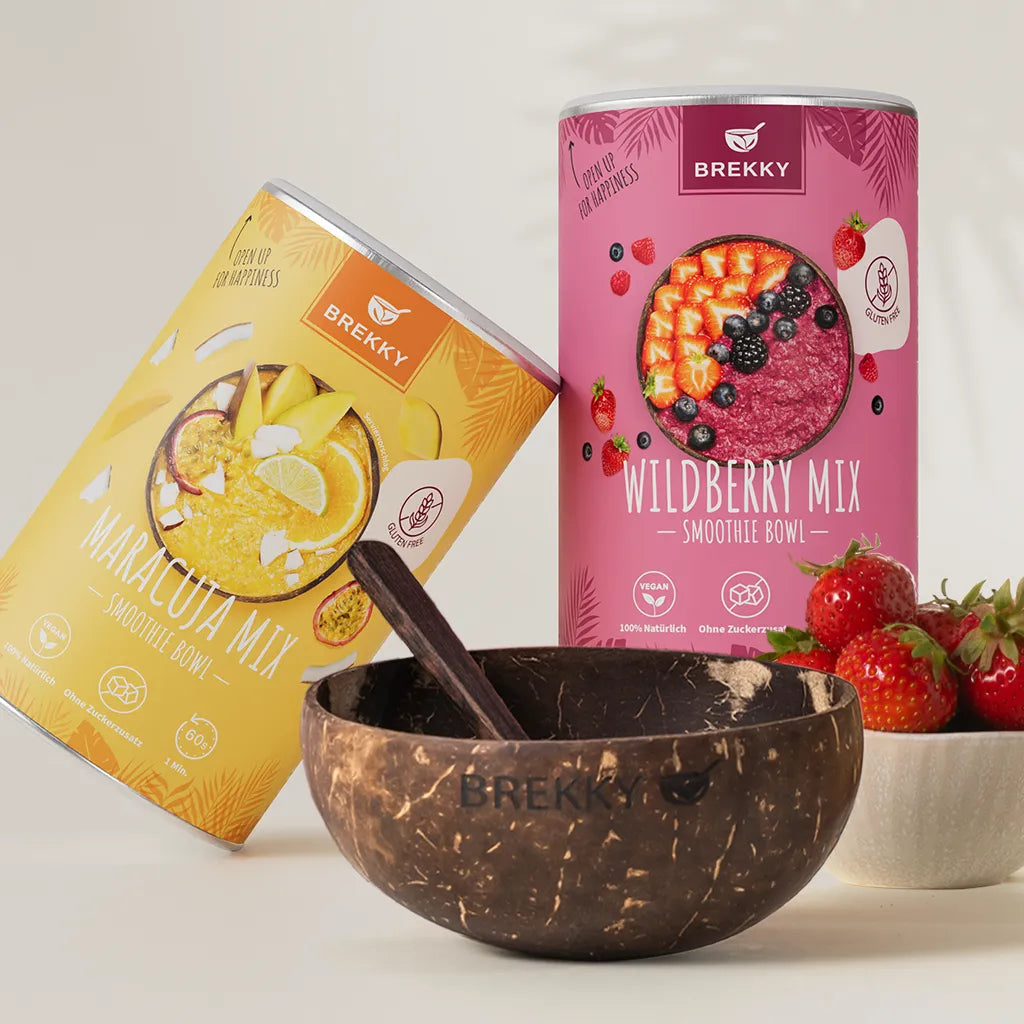
Snacks for Picky Eaters
FAQ: Frequently asked questions
